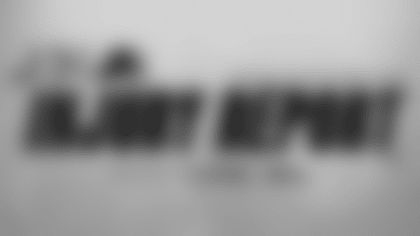**
Q. When Ryan Shazier was injured in Cincinnati, the first guy you played in that spot was Tyler Matakevich, but shortly thereafter Sean Spence was signed and he has been in the starting lineup ever since. Why Spence for that job?**
A. Sean is a guy who has some familiarity with us. Tyler is a guy who has been dealing with a shoulder injury that's going to have to be fixed after the season. It's going to allow him to participate on special teams. He's been dealing with it for the better part of the year. He had no issues dealing with it as a special teams player, but the minute he checked in at inside linebacker for Ryan Shazier, he had issues with it and wasn't able to finish the game. That being said, Tyler Matakevich is essentially a special teams player and not a down in and down out linebacker candidate. Guys like Spence and L.J. Fort have to fill the bill alongside Vince Williams.
Q. In terms of style of play and what he can contribute, was Sean Spence going to be Ryan Shazier before Ryan Shazier was drafted?
A. Very much so, particularly based on what we saw on the University of Miami tape. Obviously, his career and the trajectory of his career and some of the things he leaned on in terms of his strengths have changed after that catastrophic knee injury. But very much so, in terms of a situational sub-package player who can match up and cover running backs. A guy who in physical stature is built like a running back. Often times in this game, we say you look like the animal that you hunt. Those sub-package linebackers – guys like Ryan Shazier, Sean Spence, L.J. Fort – they look like running backs. They have a little bit different body-type, they have a smaller body-type than guys like Vince Williams.
Q. After Spence sustained that significant knee injury during his rookie year, you never gave up on him having an NFL career. He's now 27 and still in the league, a starter even. Was there something you saw in him that indicated to you that he was a guy who would fight his way all the way back?
A. I'd like to be able to put it into words, but I can't. It's instinct and feel for people. And it's not about their abilities; it's about their will. That's one of the reasons Kevin (Colbert) and I get out so much during draft-prepping and put ourselves in these college towns and get to know these young men, because if you spent any amount of time around Sean Spence, particularly at the University of Miami and saw how his teammates felt about him and that coaching staff felt about him – not from a talent standpoint, but from a football character standpoint – then you bet on that. That's why I felt so confident about his ability to overcome it. I saw what he meant to the U. I saw the level of respect they had for him, and I saw his commitment to football.
Q. When you were learning about JuJu Smith-Schuster during the pre-draft period last year, did his age – 20 years old – give you pause at any point?
A. No, it's the exact opposite for me. I like the diaper dandies. I'm kind of like the Dick Vitale of football. It goes back to Maurkice Pouncey for me. Pouncey was the first one, I think the first 20-year-old that I drafted, and there was a little bit of pause there. But Pouncey was such an instant starter and proved that he was mature beyond his years that I started viewing it as a potential asset – that if a guy was 20 years old and in position to be considered among the best in his draft class that it would probably bode well for him as he got into his mid-20s. And since Pouncey, I've taken guys like Ryan Shazier, who was 20 when we drafted him; Le'Veon Bell, who was 20 when we drafted him; and now JuJu Smith-Schuster, who was 20 when we drafted him. That's pretty good company.
**
Q. When you interviewed JuJu, if you didn't know how old he was, how old would you have guessed he was?**
A. About 16 or 17. He plays Call of Duty with my boys. That's JuJu. But the great thing about him is that he doesn't try to be something that he's not. When my sons come to practice, he gravitates toward them, because he probably has more in common with them than he does with Antonio Brown. AB is a grown man, he has multiple mortgages and kids and responsibilities and so forth, and JuJu wants to play Call of Duty online. That's where he is in life, and that's OK. It's refreshing that he's comfortable in his shoes. I know he is mature as a football player. He's mature in his preparation, his attention to detail is mature, he takes a mature approach to his business. But when not playing football, he's probably 16 or 17.
Q. How would you evaluate Artie Burns' play to this point in his second season?
A. He's had up and down moments this year like a lot of young guys do. I think if you look at it big picture, the thing that I like is his overall knowledge and awareness relative to the game has been on a steady incline. His flat-line approach to his business has been on a steady incline. He's had some good moments as a player, he's had good games, he's had games that he'd like to have back. But in terms of his approach to business, his day-to-day work habits have been on a steady incline. His attitude and demeanor has been on a steady incline. So it's only a matter of time until the play largely reflects that. I've been pleased not only with his progress as a second-year guy, but I think the same can be said for Sean Davis. We've given up some big plays, and sometimes that's due to the growth process that those guys go through. As unfortunate as it may be, as much as you may hate it, it is part of the process, but I like the overall trajectory of their play and careers thus far.
Q. As a former defensive backs coach, what are some of the significant adjustments college cornerbacks and safeties have to make once they get to the NFL?
A. It's a good question, because my experience probably helps me understand the process those guys go through in today's NFL. From a rules standpoint, I think defensive backs go through as dramatic a change as anybody transitioning from college ball to pro ball. It's as simple as that. In college football, if the ball's not in the air you can contact people anywhere on the field. And that is drastically different than in the National Football League. It just is. So the adjustment in terms of contact, the ability to contact people downfield, the cleanness with which they have to play down the grass, is unbelievable. The adjustment is a difficult one. Often times when you see guys fail in the transition, I think it's because they fail to adjust to the differences in the rules of the game. The professional game is geared toward scoring and entertainment, and that's just the reality of it. Those guys have to understand that.
Q. Can a single defensive back make a whole secondary better?
A. Without question. You see us with Joe Haden in there?
**
The Steelers grant the wish of a young fan from Colorado Springs, CO.
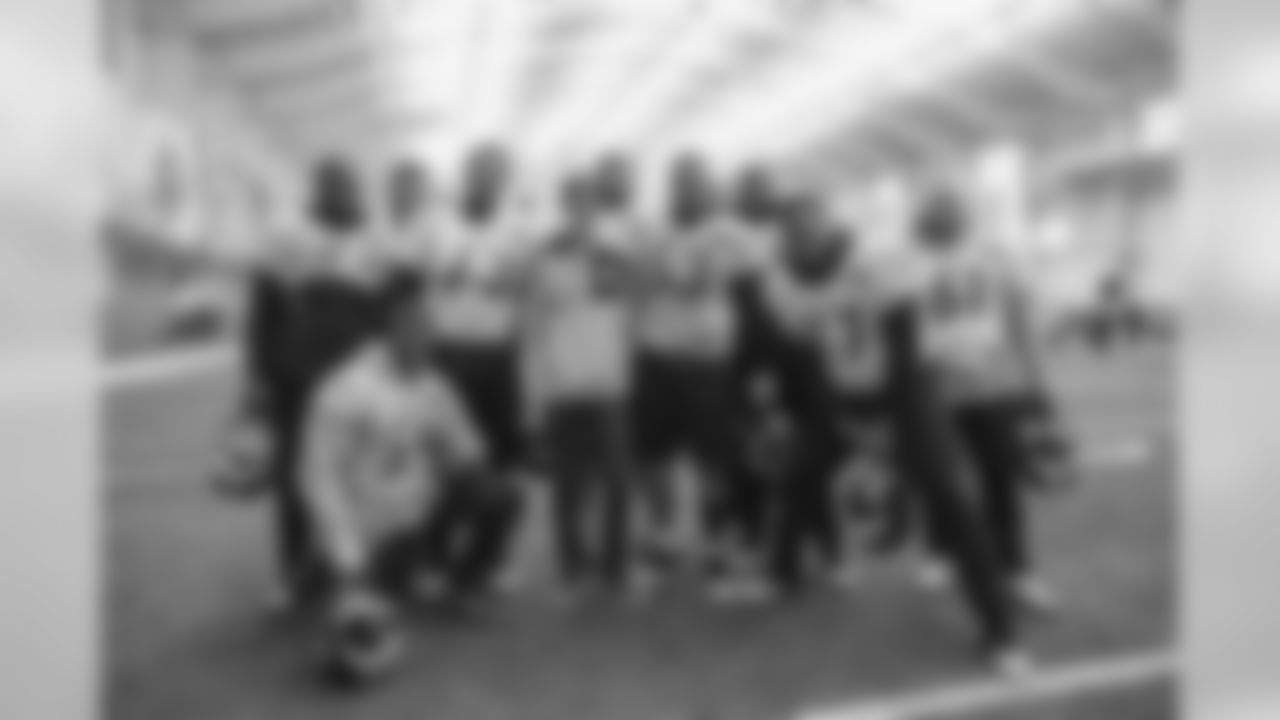

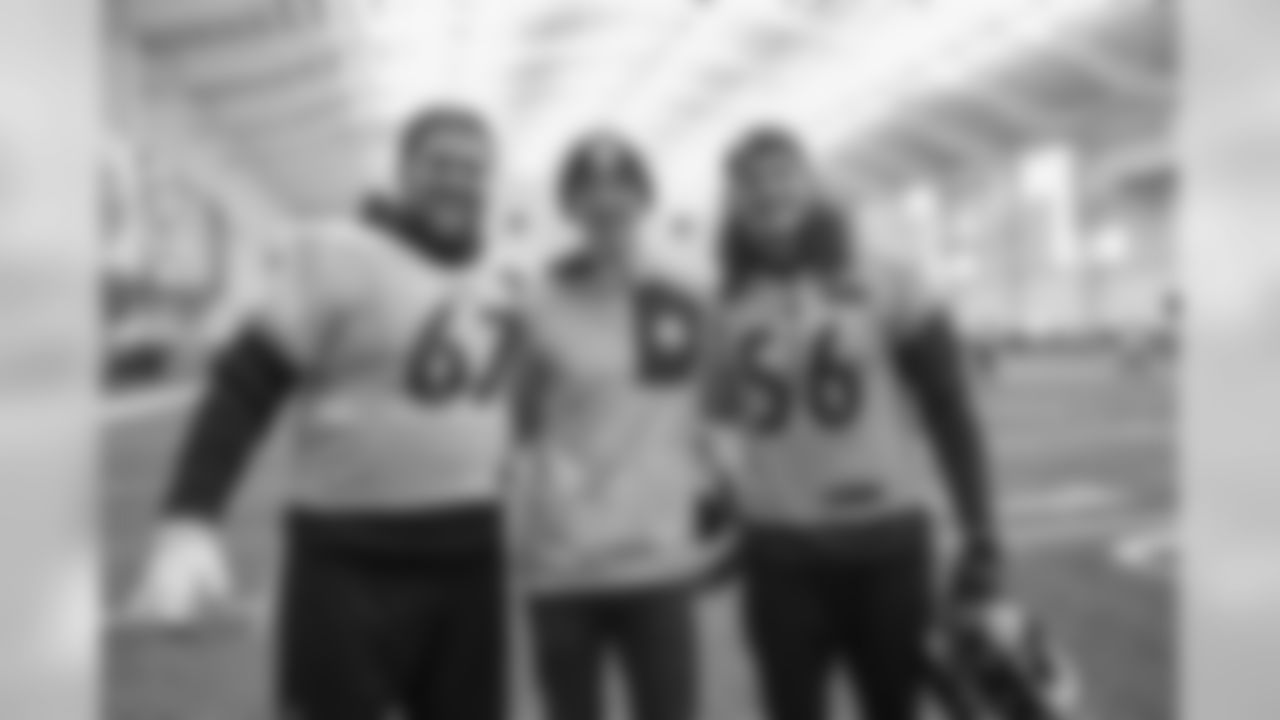
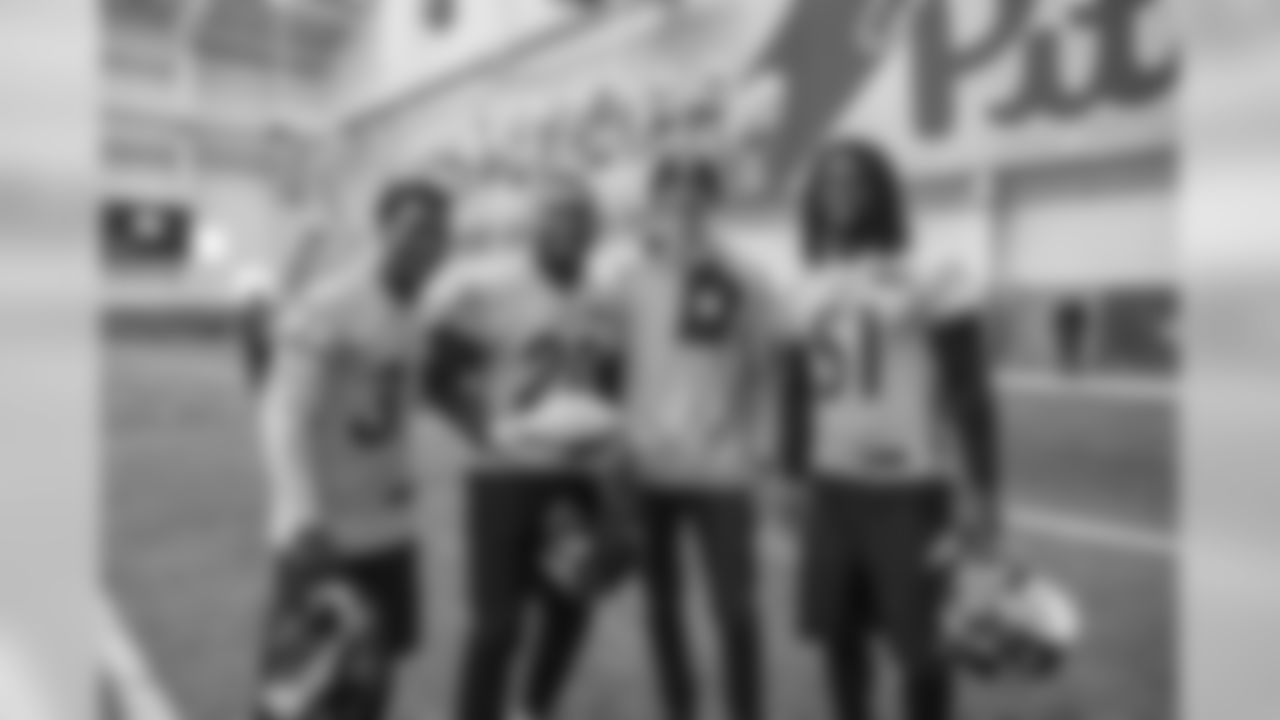
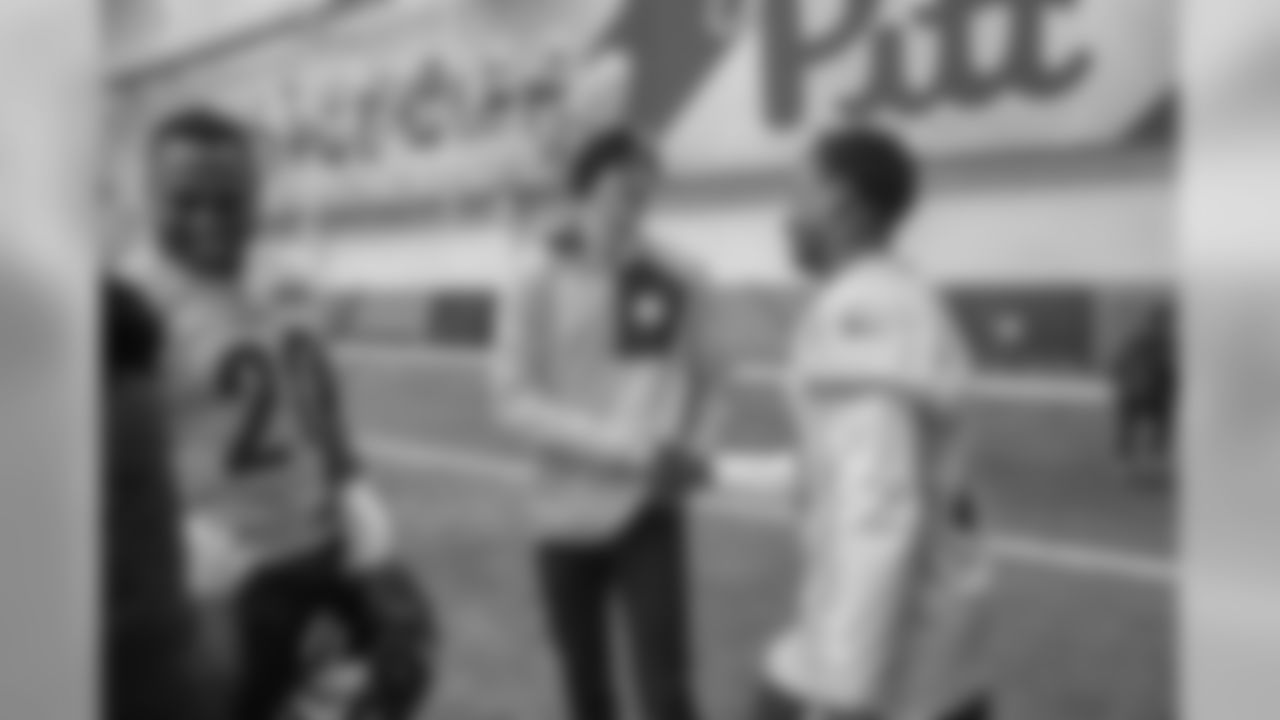
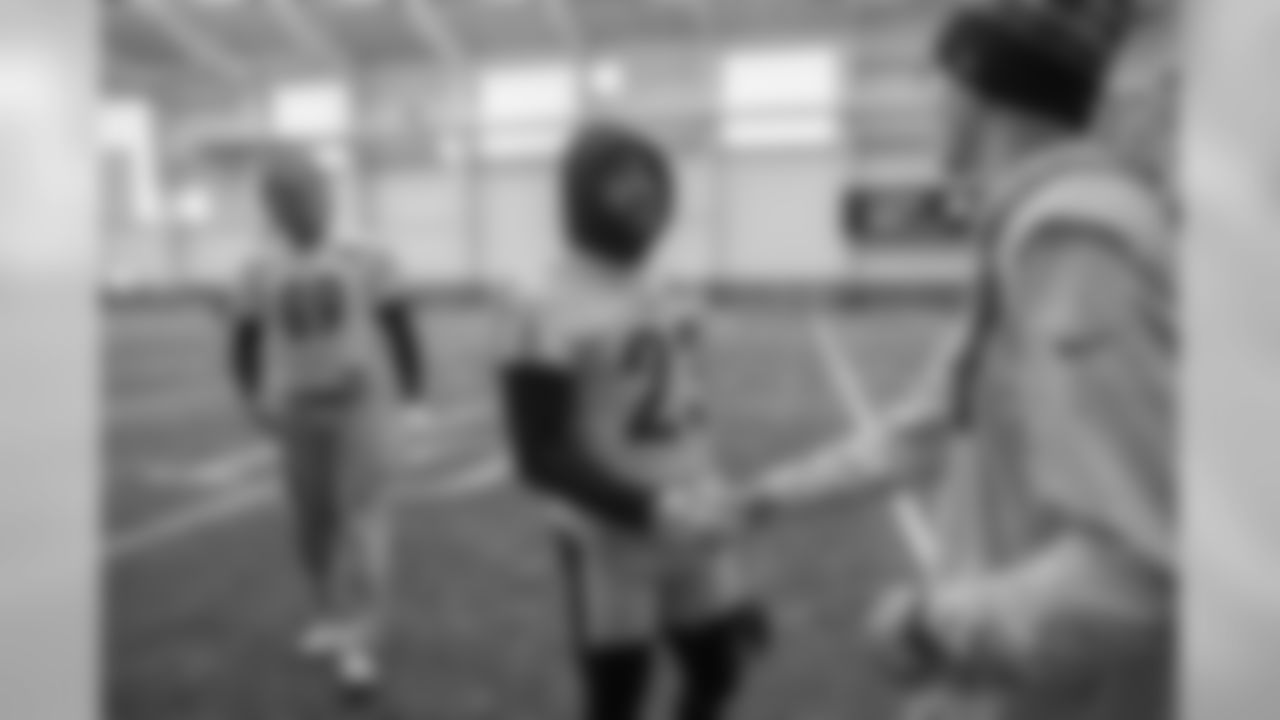
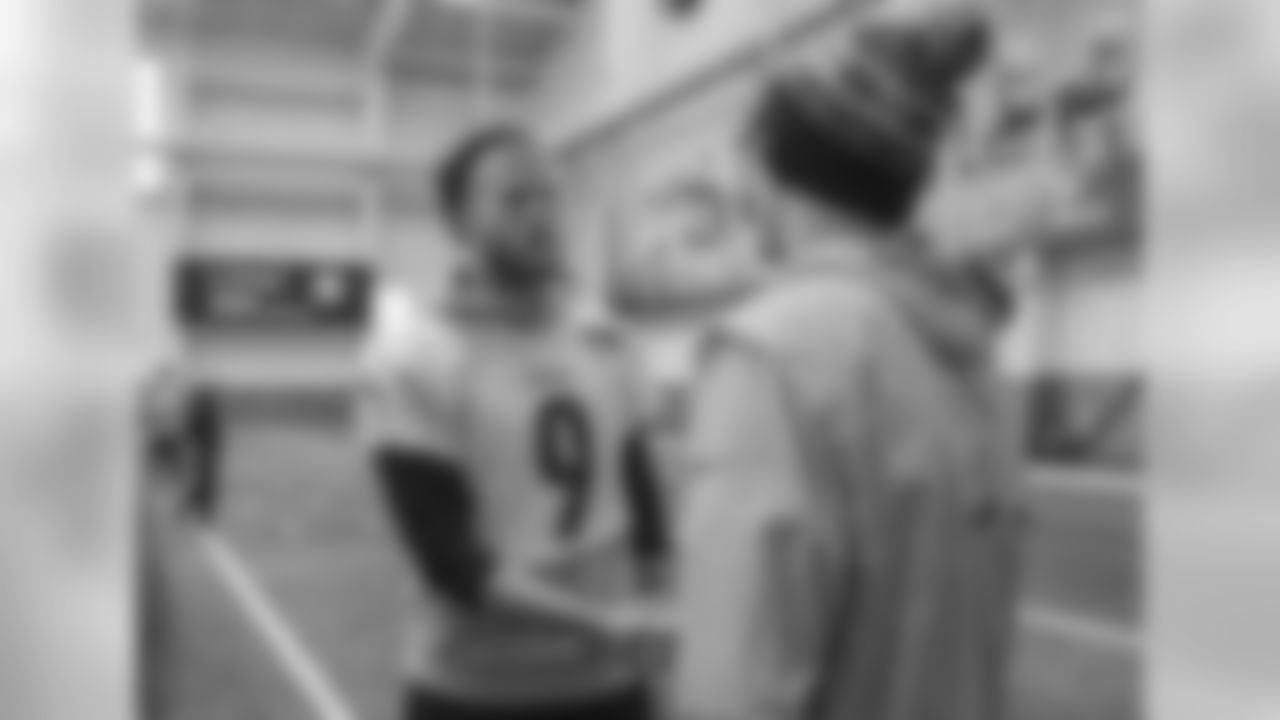

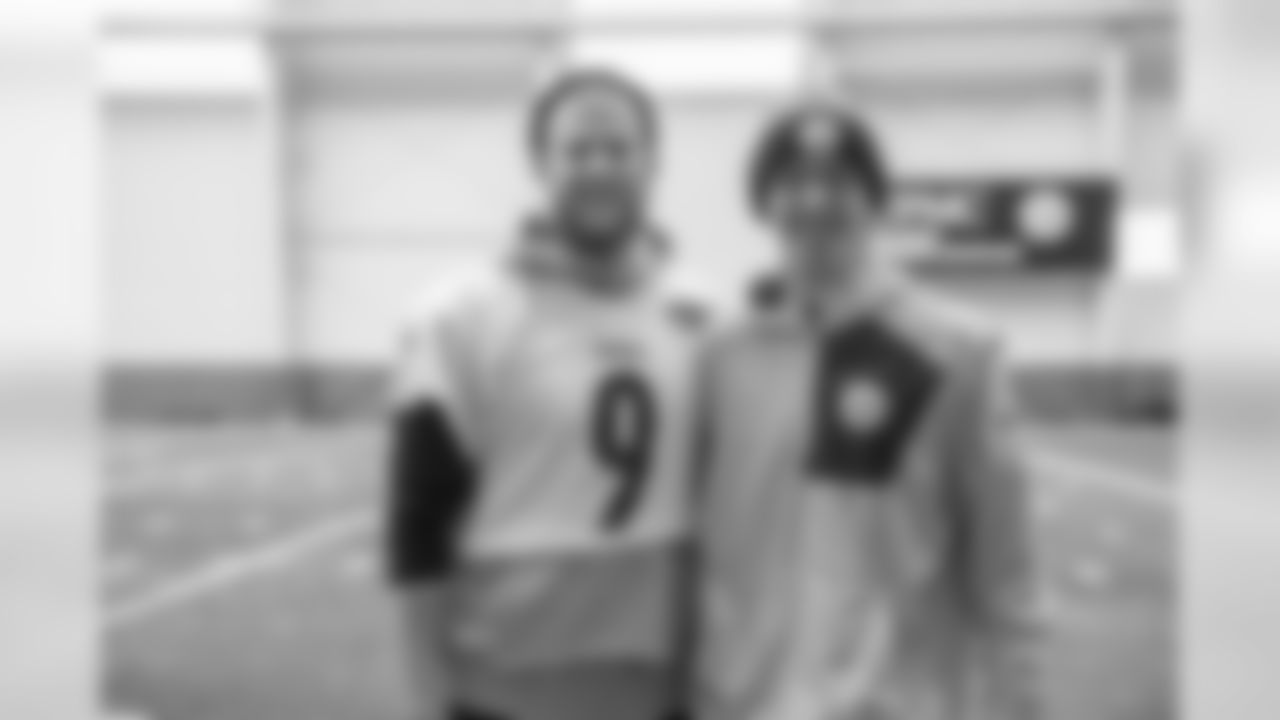
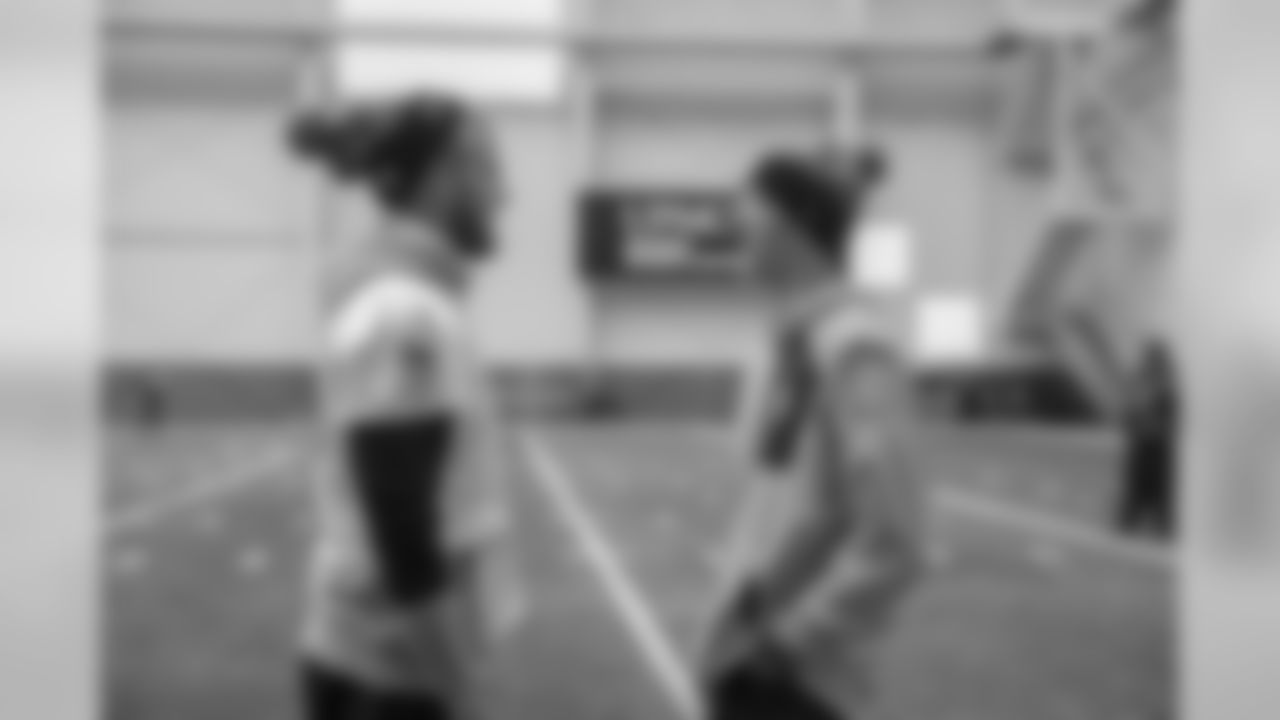

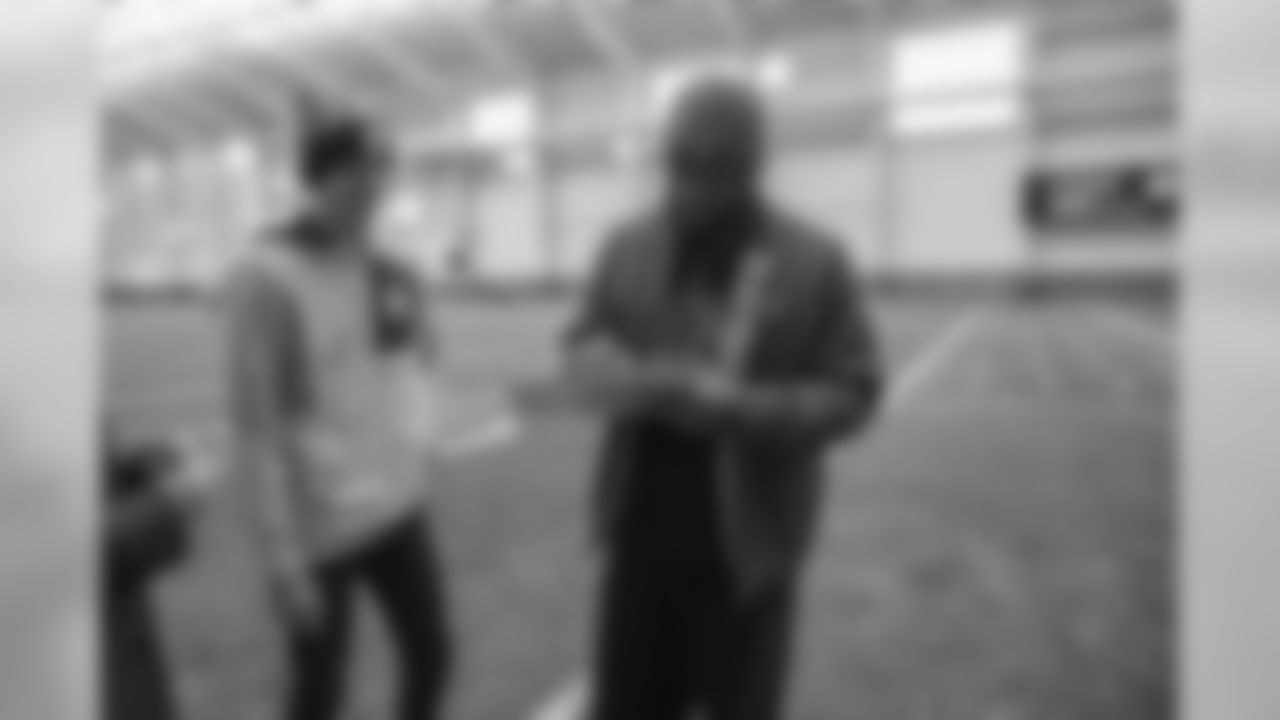



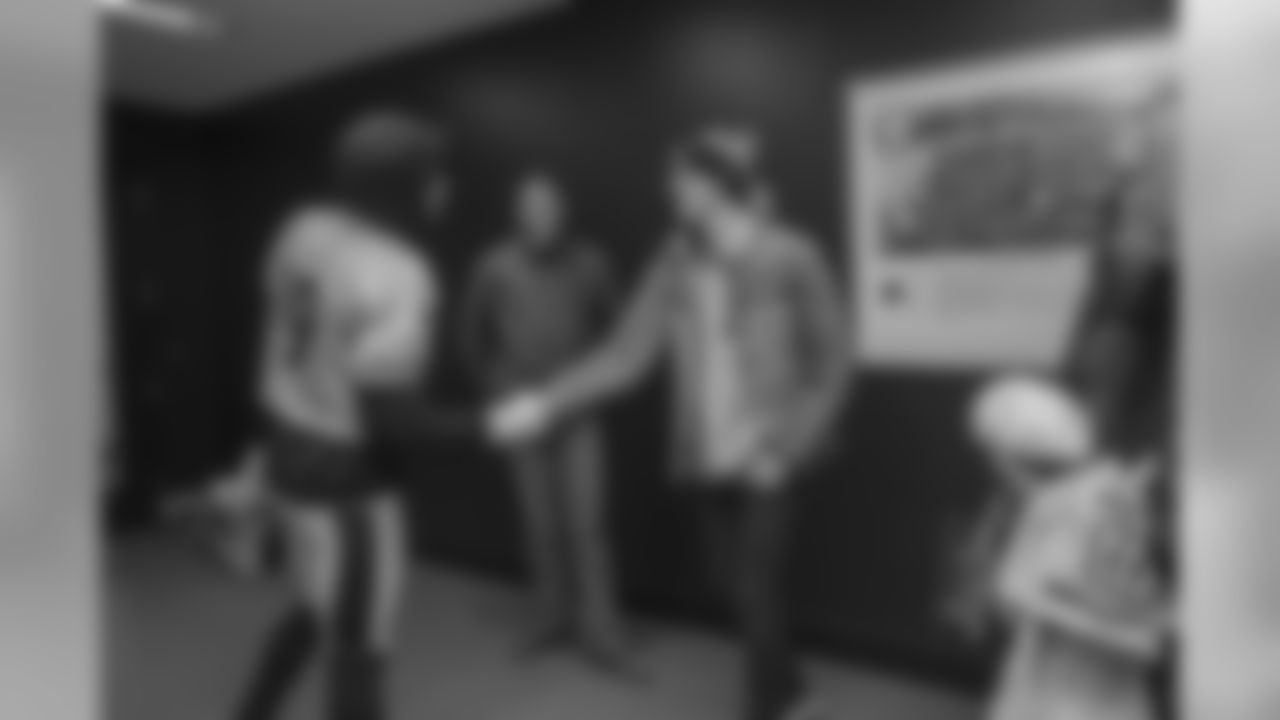

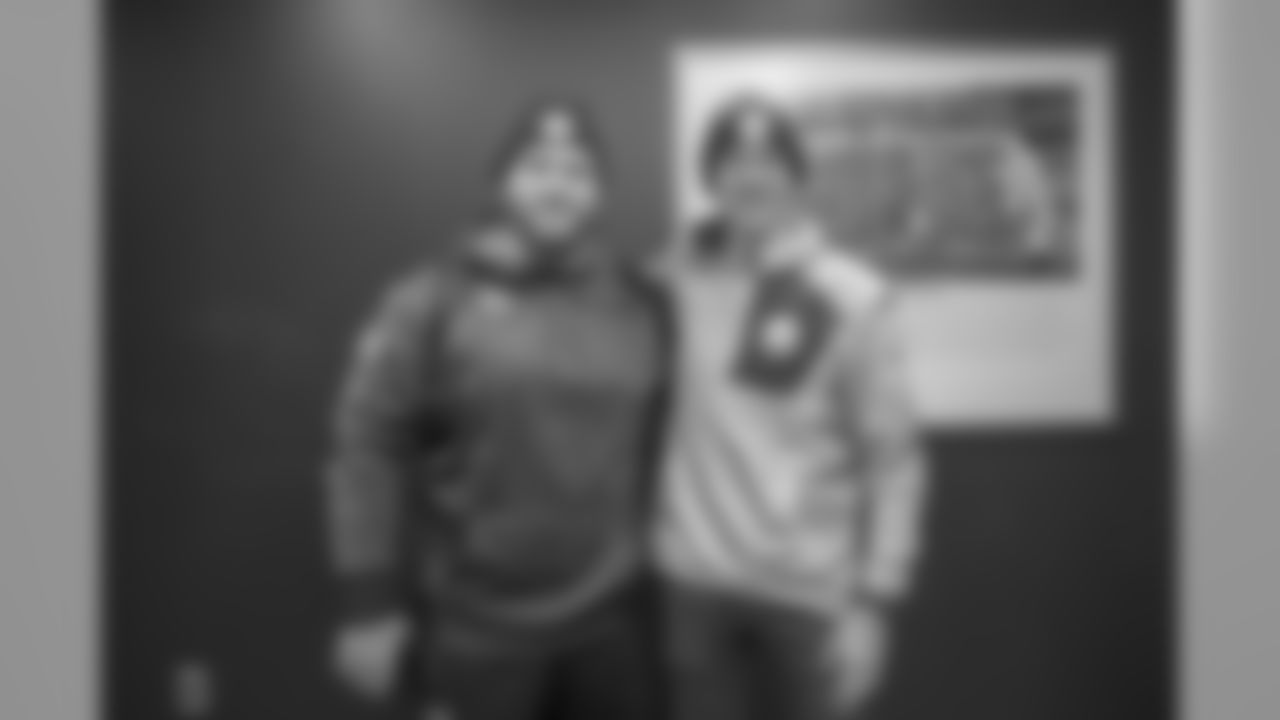
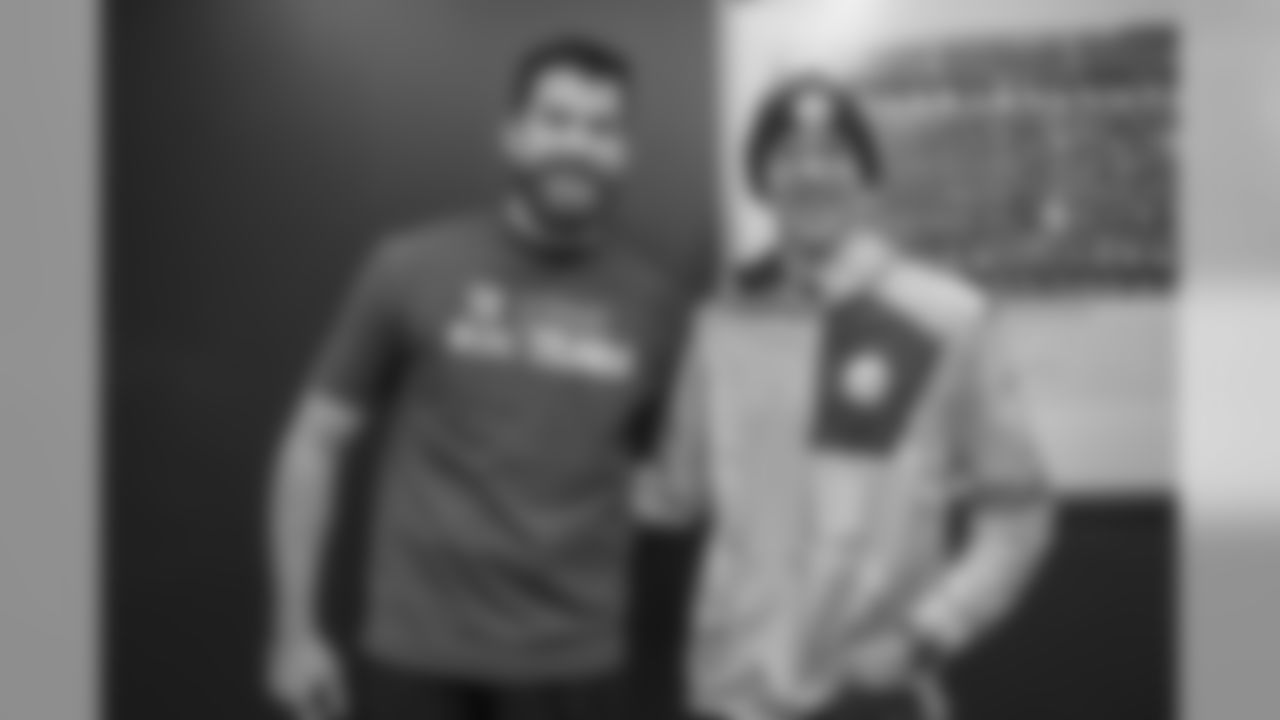










Q. That's what I was getting to: How does Joe Haden make this secondary better?**
A. It's interesting. First of all, you take a situation like last week against the Houston Texans. He can take a lot of pressure off a lot of people by wearing it down in and down out, and that's following DeAndre Hopkins. And wearing that assignment down in and down out takes a lot of pressure off a lot of people. Forget how he plays. Forget how Hopkins plays. The fact that he's willing to do it down in and down out takes a lot of pressure off a lot of people. But also, quarterbacks respect guys with talent such as his, and often times it pushes the ball to places where it shouldn't go and that allows guys to make plays. The presence of a dynamic secondary player is extremely significant. It's as significant as having a good point guard in basketball.
Q. Let's pretend it's 4:30 this afternoon, and the game against the Browns is over. What would you hope has been accomplished?
A. That we took care of our business in our stadium, and that's all we can control. I know that there are other variables out there. Very rarely do I worry about those things. I tell our guys from Day Zero that if we control what's in our stadium then we don't have to look around. If we don't, then there are consequences for it. So anything that doesn't roll in our favor today outside of our stadium, we've had an opportunity to address it and we didn't. So that's just life. There are lessons to be learned from that. I find comfort in the fact that we talk about it before it happens. It puts an edge to the things we do on a day-to-day basis. I'm looking forward to living out this journey regardless of what happens.
Q. When you mention taking "care of our business," is there anything outside of the final score that falls into that category?
A. I try to keep it simple. Absolutely not.
Q. Today is "Thank You, Fans" day at Heinz Field. Do you have anything you'd like to say to Steelers Nation?
A. What can you say? We appreciate the support. They drive us. It's our goal to bring home a world championship for them. It's a unique thing. What happens inside Heinz Field is special, because of the environment it is, but that's just part of it. I think our new players, guys like Joe Haden, they really gain an appreciation for Steelers Nation when we're in an environment like last weekend in Houston, Texas, and we feel the love and support. Steelers Nation is that – it's not only nationwide but it's worldwide. Hopefully, we continue to meet the needs of the Nation.
Q. Does it ever surprise you?
A. It doesn't surprise me anymore. That Monday night in San Diego (Oct. 12, 2015) was one of those moments when it was really surprising. To see Phillip Rivers working on a silent count in San Diego that far away from Pittsburgh during a Monday night game is amazing. I think about Washington, D.C., in 2008. Monday night ball, the night before the presidential election, and those guys working on a silent count. Some of those moments stick with you forever.



